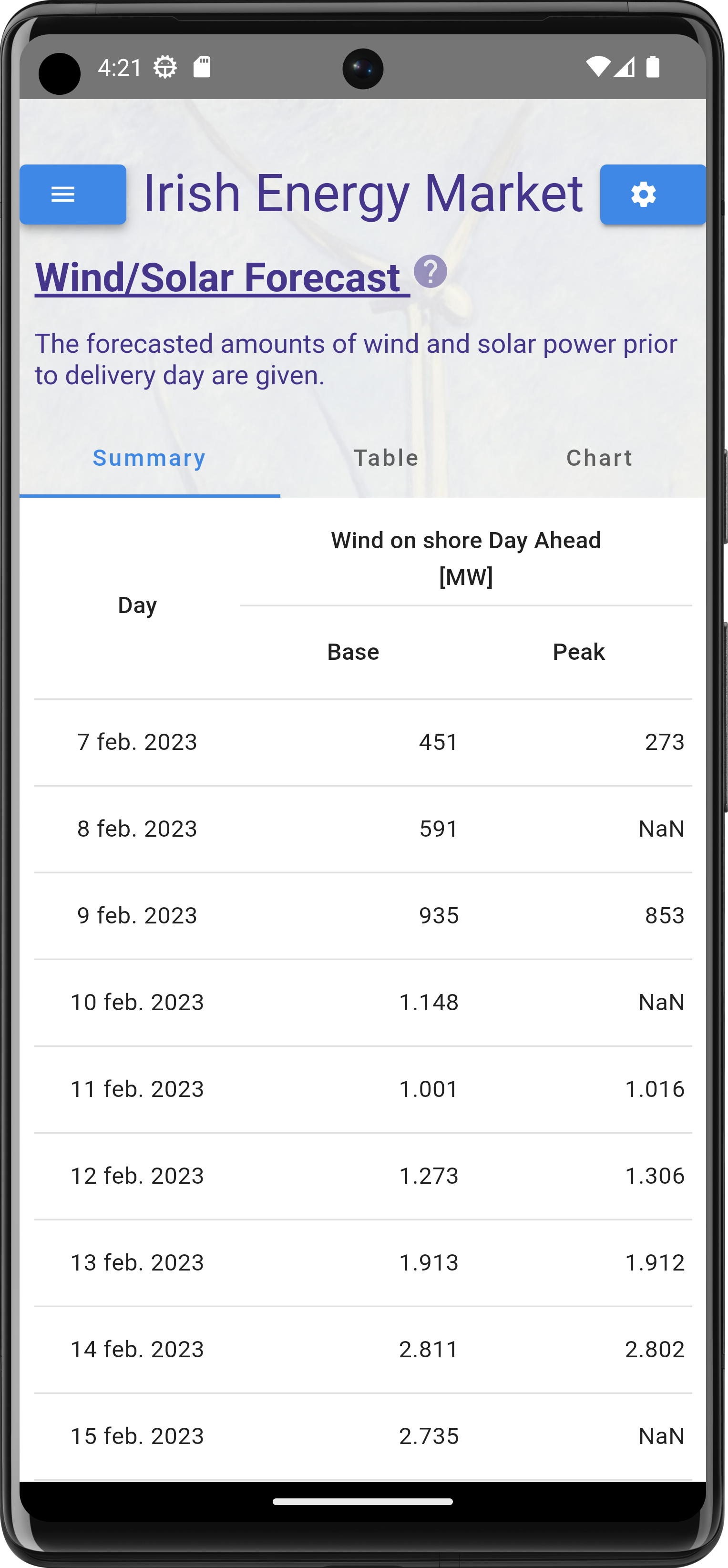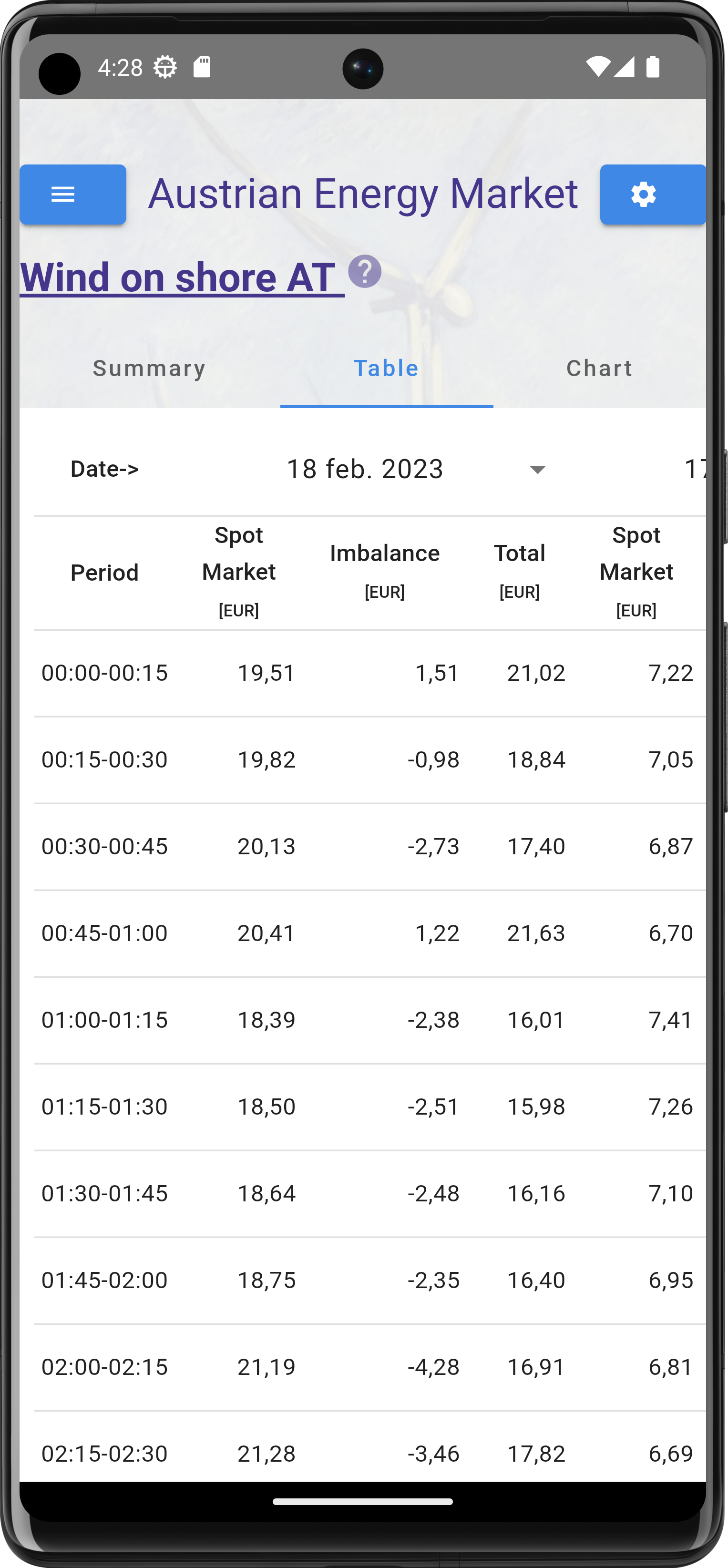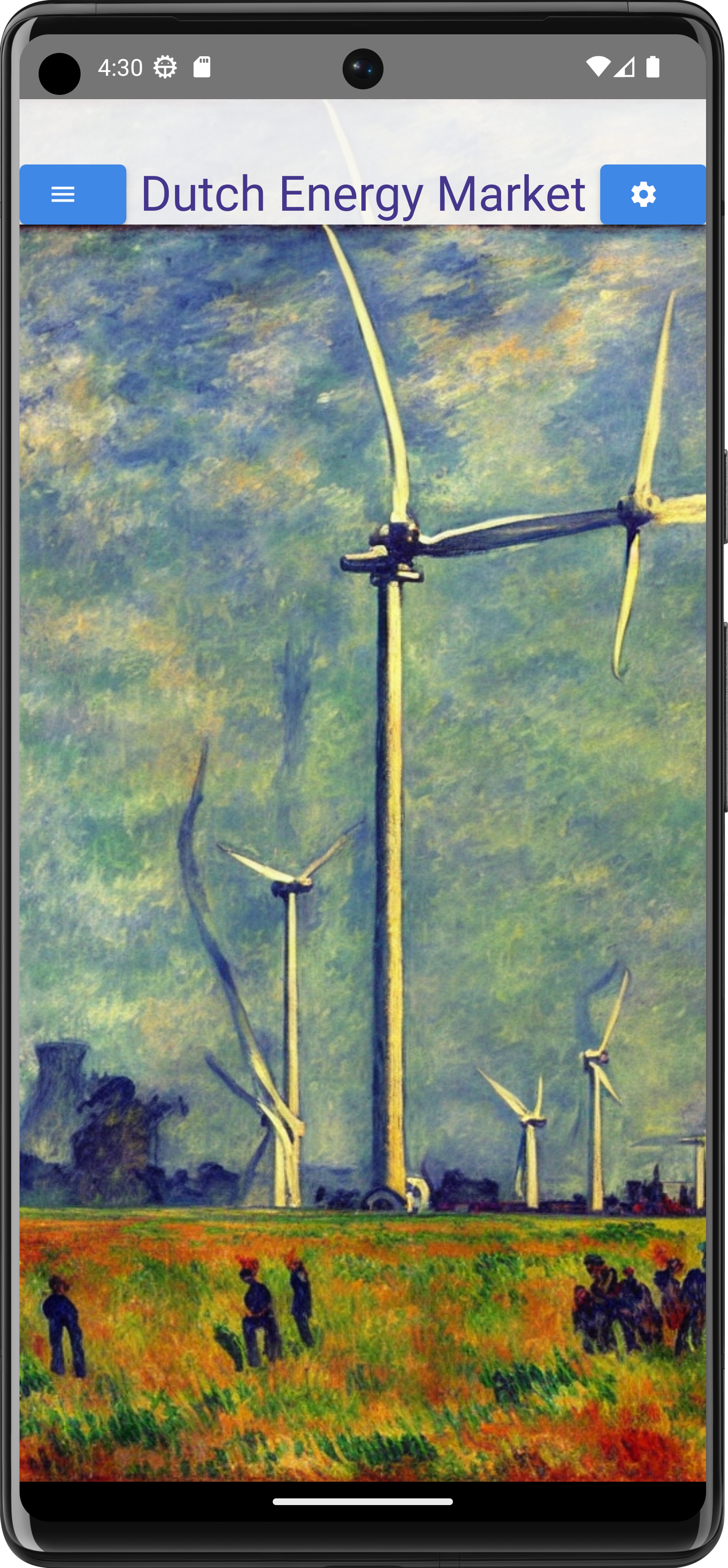Forecasting Mechanism for Wind and Solar Power in Europe
Every large producer/user of energy is required to send the forecasted energy production/consumption to the TSO (Transmiaation System Operator) a day before delivery. Along with the amount, also the contra party is included. The TSO verifies if the contra party also has the same amount in his/her forecast. If verified, the forecast is accepted. In the app, the forecasted amounts are given in average MW during 15 or 60 minutes. They are the total sum of all the wind/solar installations in the country or region.
How are forecasts made
Europe is a leading producer of wind and solar power. To ensure a stable supply of renewable energy, it is essential to accurately forecast the production of wind and solar power. The forecasting mechanism for wind and solar power in Europe is typically carried out by renewable energy companies, research institutions, and weather service providers. The mechanism includes:
- Weather forecasting: Accurate weather forecasting is the foundation of the forecasting mechanism. Weather forecasting models are used to predict wind speed, cloud cover, and other weather variables that impact the production of wind and solar power.
- Power output modeling: Power output modeling is used to estimate the amount of electricity that can be generated from a given wind or solar farm. The modeling takes into account the specific characteristics of each farm, such as the size of the turbines and the efficiency of the solar panels.
- Data analytics: Advanced data analytics techniques are used to combine weather forecasts and power output models to produce accurate predictions of the amount of electricity that will be generated by wind and solar farms.
- Machine learning: Machine learning algorithms are used to continuously improve the accuracy of the forecasts. The algorithms analyze historical data to identify patterns and improve the accuracy of the forecasting models.
With an accurate forecasting mechanism, grid operators can better manage the supply and demand of electricity and ensure a stable supply of renewable energy to homes and businesses across Europe.
Sending Forecasts to the TSO
Once the wind and solar power forecasts are generated, they are sent to the Transmission System Operator (TSO) responsible for managing the electricity grid in the area. Here is how the forecasts are typically sent:
- Data formatting: The forecasting system uses a specific data format, such as the Common Information Model (CIM) or the Open Network for Electricity (OpenNet), to ensure that the data can be understood by the TSO's systems.
- Data transmission: The forecasts are then transmitted to the TSO's systems, typically using a standardized communication protocol such as the Common Information Model (CIM) or the International Electrotechnical Commission's Common Information Model (IEC CIM).
- Quality checks: Before the forecasts are used, the TSO's systems perform quality checks to ensure that the data is accurate and reliable. If any issues are detected, the forecasting system is notified and the forecasts are re-evaluated.
- Visualization: Once the forecasts are accepted by the TSO, they can be visualized using various tools, such as dashboards and real-time monitoring systems. These tools help the TSO to make informed decisions about managing the electricity grid and ensuring a stable supply of electricity.
The ability to send accurate forecasts to the TSO is critical for maintaining a stable and reliable electricity grid. With the forecasting mechanism described above, the renewable energy companies, research institutions, and weather service providers in Europe can make informed decisions about how to manage the supply and demand of electricity and ensure a stable supply of renewable energy




